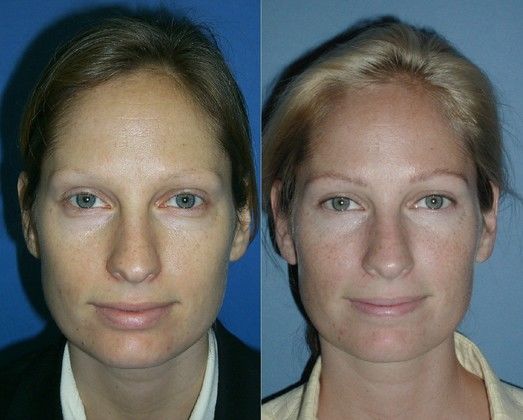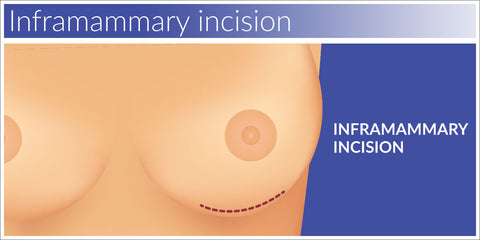
Perhaps you're considering a fat surgery to reduce excess fat. Here are some important things to know before you go under the needle. This section will discuss what to expect, how to prepare, and side effects. A fat operation may be a good choice for you if you're looking to slim down your waistline. These operations can be uncomfortable and effective. A doctor can help determine if a weight loss operation is right.
Procedures
Unwanted adipose tissue can be removed using a variety of cosmetic surgeries. The procedures range from invasive techniques like liposuction to less invasive procedures such as laser therapy, radiofrequency, ultrasound, or cold. Some of these techniques may combine two or more methods, like liposuction combined with injections. Learn how fat removal can enhance your appearance. Here are the types of fat-removal procedures.

Side effects
Although liposuction has become a popular method for body contouring, there are risks involved. While the procedure removes pockets of fat from a specific location, there are multiple side effects. Some side effects are minor and will disappear over time. Other side effects may be more severe and take longer to heal. The potential side effects of this procedure can be quite severe.
Anesthesia
Infiltrating the affected area with a tumescent solution is the best way to remove fatty tissue. The anesthetic solution shrinks the blood vessels and reduces the blood loss. This reduces swelling, bruising, and pain. Liposuction can be performed under local or general anesthesia. A local anesthetic is applied during the procedure. It stays in place for 24 hour.
Preparation
Know what pre-op preparations you need before you go under the knife for a fat removal. The procedure involves the use of a solution containing epinephrine and a local anesthetic. These solutions are used to fill up the fat layer beneath the skin, and shrink blood vessels to prevent bleeding and swelling. These solutions can also reduce pain and scarring.

Recovery
The time period required for a fat operation recovery is dependent on the amount of fat to be transferred and the area of the body being treated. The whole process can take up to four hours. This time will also include the preparation time and the actual recovery time. However, most patients can expect to return to normal activities within 48 hours. The surgeon may advise that patients experience some swelling following the procedure. This will usually subside in a few days. Patients can continue with their normal activities, such as work and socializing.